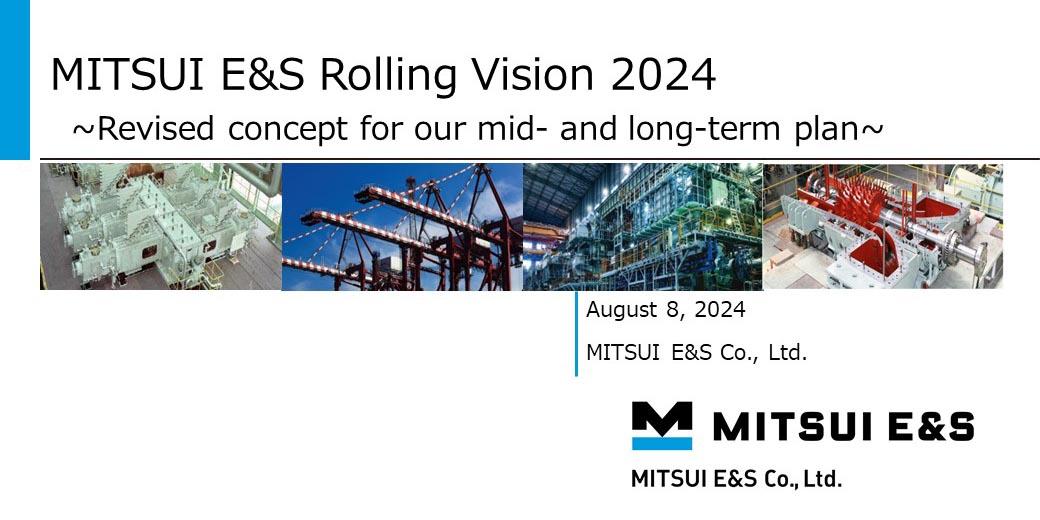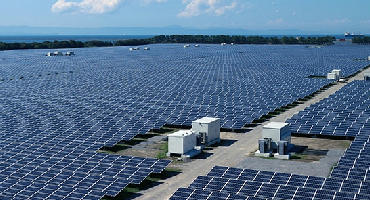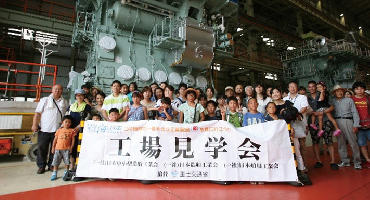- Home
- News & Information
- MESHD, MES-S and DHI jointly establish deep-water riser connection technology
Oct 11,2019
MESHD, MES-S and DHI jointly establish deep-water riser connection technology
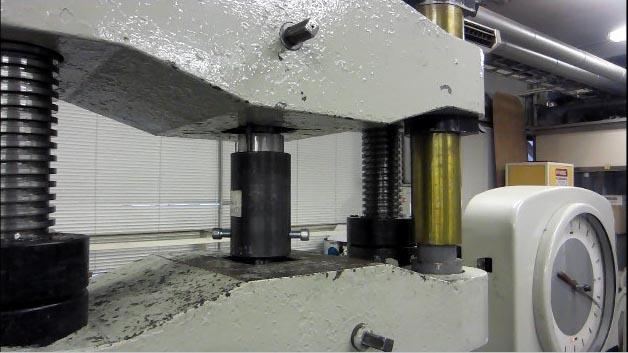
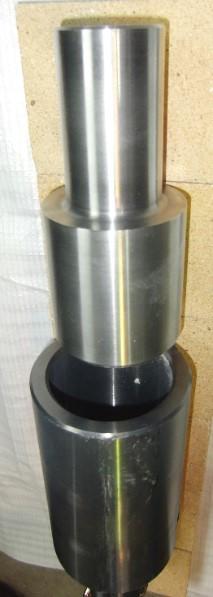
Mitsui E&S Holdings Co., Ltd. (President and COO: Ryoichi Oka, "MESHD") and Mitsui E&S Shipbuilding Co., Ltd. (President: Tetsuro Koga, "MES-S") and Dai-ichi Heat Treatment Industry Co., Ltd. (President: Mitsuaki Sone, "DHI") , one and the only manufacturing company of drilling pipe of oil and gas in Japan, have started to jointly develop deep-water riser connection technology. The seabed of Japan's exclusive economic zone (EEZ) contains various natural resources including rare-earth elements, shallow methane hydrates, sandy layer type methane hydrates, sea-floor hydrothermal deposits, and cobalt- rich crusts, and there are high expectations for future development with a view to harvesting these materials from the seabed as 100% domestically-produced resources. In the various resources, rare-earth elements mud is located on the seabed at a depth of 4,000 to 6,000m. It is difficult to apply the existing technology of the offshore oil and gas industry with a maximum water depth of 3,000m to resource development of deeper than 3,000m. In particular, the riser pipe hanging from the ship to the seabed is one of the biggest technical challenges in developing deep-water for oil and natural gas, not just mud including rare-earth elements. The common joint method of steel riser pipes is a flanged connection such that the flanges welded at the end of the steel pipe are secured together with bolts. Since the total weight of the riser pipe becomes very heavy as the water depth increases, it is very difficult to hang the riser pipe from the vessel. So, the development of high-strength riser pipe that is able to reduce the plate thickness has been promoted in recent years. However, the flanged connection of the riser pipe is required to have a welding performance that does not cause a decrease in the toughness of the circumferential weld. Therefore, the carbon equivalent of the material is limited, and it is not easy to increase the strength. In response, MESHD and DHI have started the development of shrink-fit connection as a new riser pipe connection technology. The shrink-fit connection is a technique that a short steel pipe, connecting pipe, with an inner diameter smaller than the outer diameter of the riser pipe is pre-heated and expanded, then left to cool after the riser pipe is inserted from both ends. If the shrink-fit connection is adapted as the joint method for the riser pipes, riser pipes with the shrink-fit connection are lighter than those with flanged connection. In addition, the length of the connecting pipe can be easily changed to the optimum size at each joint location to decrease total weight. Moreover, since the riser pipe itself does not have a circumferential weld, welding performance and fatigue performance are not required. So steel pipes with higher strength than the standard steel riser pipe, such as API 5L standard, can be used to decrease the total weight of the riser pipes. In this way, the shrink-fit connection is the technology that is expected to greatly increase the working water-depth to 6,000 m because the total weight of the riser pipe can be significantly reduced compared to conventional methods. We have examined the effectiveness of the shrink-fit connections by conducting a tensile test of small-scale specimens. A strength experiment at the full size of the riser pipe at a depth of 6,000m is going to be carried out. Shrink-fit connection is also expected to be an effective technology in the deep-water development of the offshore oil and gas industries. MESHD has a simulation technology of riser pipe behavior and has an extensive track record in the production of offshore structures. DHI contributes to the industries with high quality in the manufacture of drilling parts for oil and natural gas. MESHD and DHI will continue their activities with a view to deploying deep-water riser connection technology in the offshore oil and gas productions.
The information contained in the articles is current at the time of publication.
Products, service fees, service content and specifications, contact information, and other details are subject to change without notice.
Contact



